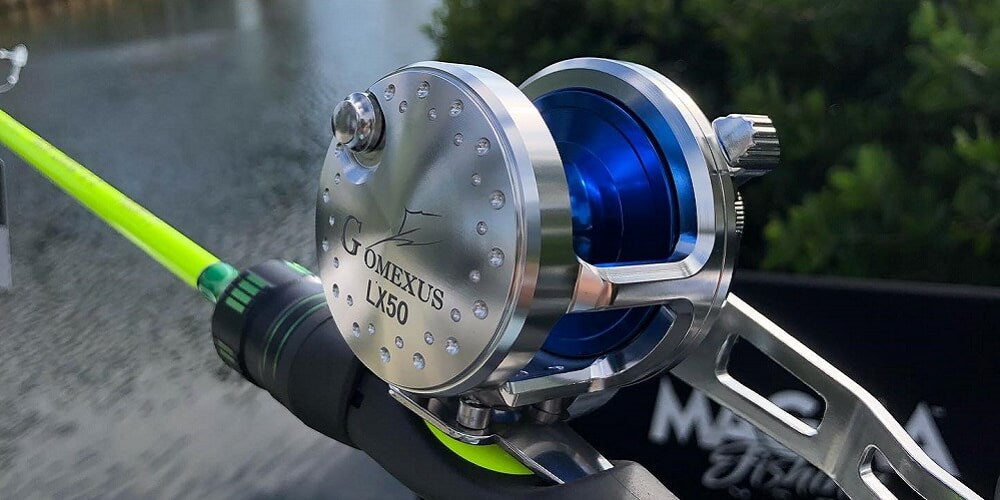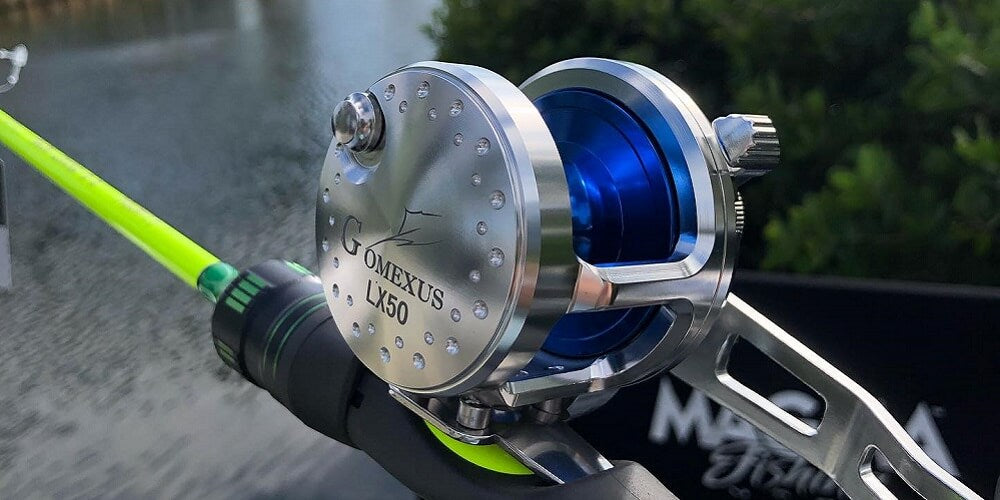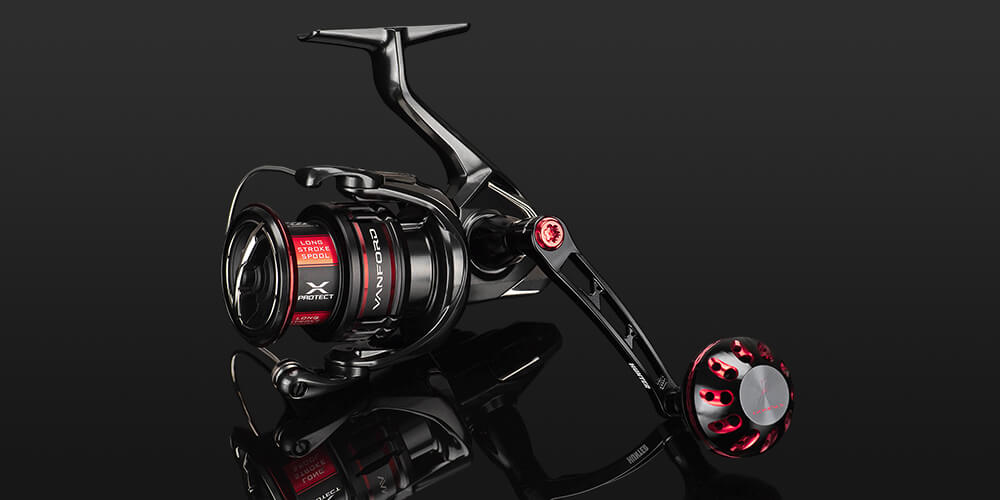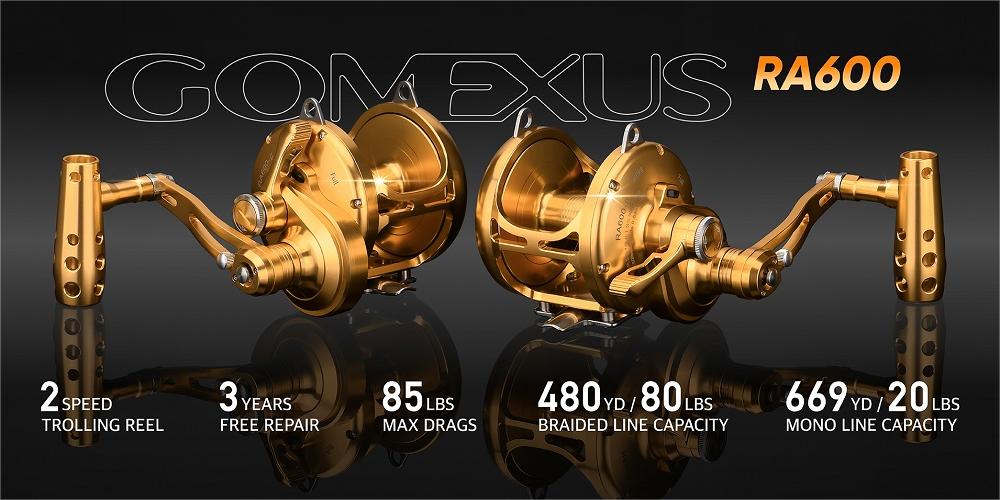One of the most important pieces of equipment for slow pitch jigging is the reel. A good slow pitch jigging reel needs to be accurate, powerful, and durable.
In this article, we will discuss the factors you need to consider when choosing a slow pitch jigging reel. We will also recommend some of the best slow pitch jigging reels on the market today.
What is slow pitch jigging?
Slow pitch jigging is a fishing technique that involves using a weighted lure to attract fish. The lure is jigged up and down slowly, with long pauses in between. This technique is very effective for catching fish that are not actively feeding.
Why do you need a special reel for slow pitch jigging?
A slow pitch jigging reel needs to be different from a traditional spinning reel or baitcasting reel for a few reasons. First, it needs to be able to handle heavy lures. Slow pitch jigging lures can weigh up to 20 ounces, so you need a reel that is strong enough to cast and retrieve them.
Second, a slow pitch jigging reel needs to have a smooth drag system. The drag system is what prevents the line from breaking when you are fighting a fish. A good slow pitch jigging reel will have a smooth drag system that will allow you to reel in the fish without breaking the line.
Third, a slow pitch jigging reel needs to be durable. Slow pitch jigging is a demanding technique, and your reel will be taking a lot of wear and tear. You need a reel that is built to last.
Factors to consider when choosing a slow pitch jigging reel
When choosing a slow pitch jigging reel, there are a few factors you need to consider:
- Gear ratio: The gear ratio is the number of times the spool rotates for every turn of the handle. A higher gear ratio means that the spool will rotate more times for every turn of the handle. This is important for slow pitch jigging because you need to be able to retrieve your lure quickly when you are fighting a fish.
- Drag system: The drag system is what prevents the line from breaking when you are fighting a fish. A good slow pitch jigging reel will have a smooth drag system that will allow you to reel in the fish without breaking the line.
- Line capacity: The line capacity is the amount of line that the reel can hold. You need to make sure that the reel you choose has enough line capacity to handle the type of fishing you will be doing.
- Durability: Slow pitch jigging is a demanding technique, and your reel will be taking a lot of wear and tear. You need a reel that is built to last.
Recommended slow pitch jigging reels
Here are a few of the best slow pitch jigging reels on the market today:
- Gomexus LX50 Slow Pitch Jigging Reel: The Gomexus LX50 is one of the most popular slow pitch jigging reels on the market. It is known for its accuracy, power, and durability.
- Shimano Stella SW B: The Shimano Stella SW B is a high-end slow pitch jigging reel that is known for its smooth performance and durability.
- Daiwa Saltiga: The Daiwa Saltiga is another high-end slow pitch jigging reel that is known for its power and durability.
- Okuma Makaira: The Okuma Makaira is a budget-friendly slow pitch jigging reel that offers a lot of value for the price.
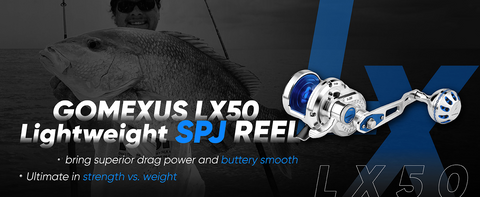
Tips for using a slow pitch jigging reel
Here are a few tips for using a slow pitch jigging reel:
- Use braided line: Braided line has less stretch than monofilament line, which makes it better for slow pitch jigging.
- Use a heavy lure: Slow pitch jigging lures typically weigh between 10 and 20 ounces.
- Jig your lure slowly: The key to slow pitch jigging is to jig your lure slowly, with long pauses in between.
- Be patient: Slow pitch jigging can be a challenging technique, but it is very effective. Be patient and keep practicing, and you will eventually start catching fish.
Conclusion
Choosing the right slow pitch jigging reel is important for your fishing success. By considering the factors we have discussed, you can find a reel that is accurate, powerful, and durable. With the right reel, you will be well on your way to catching more fish.

